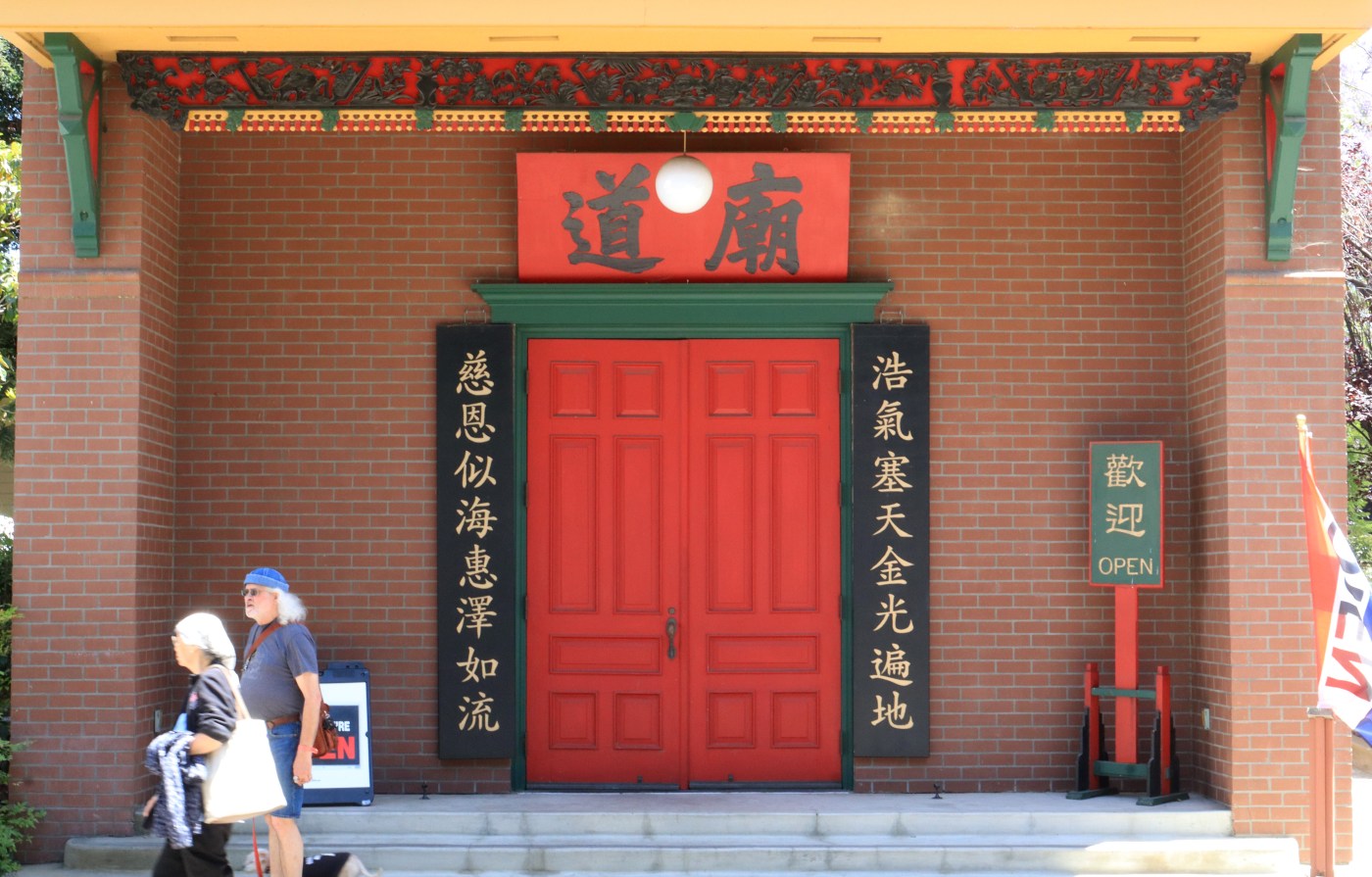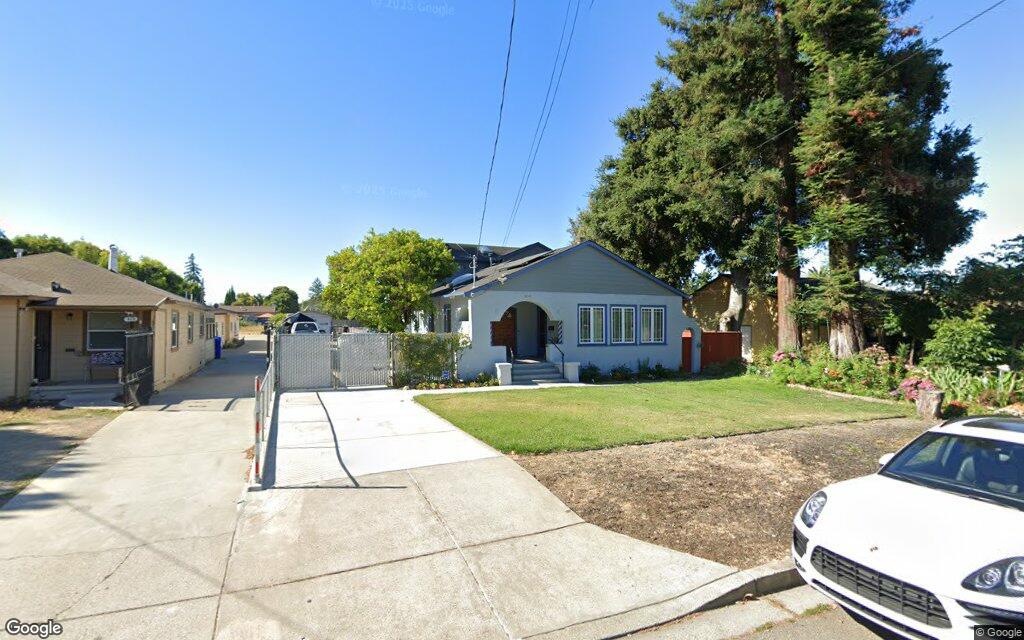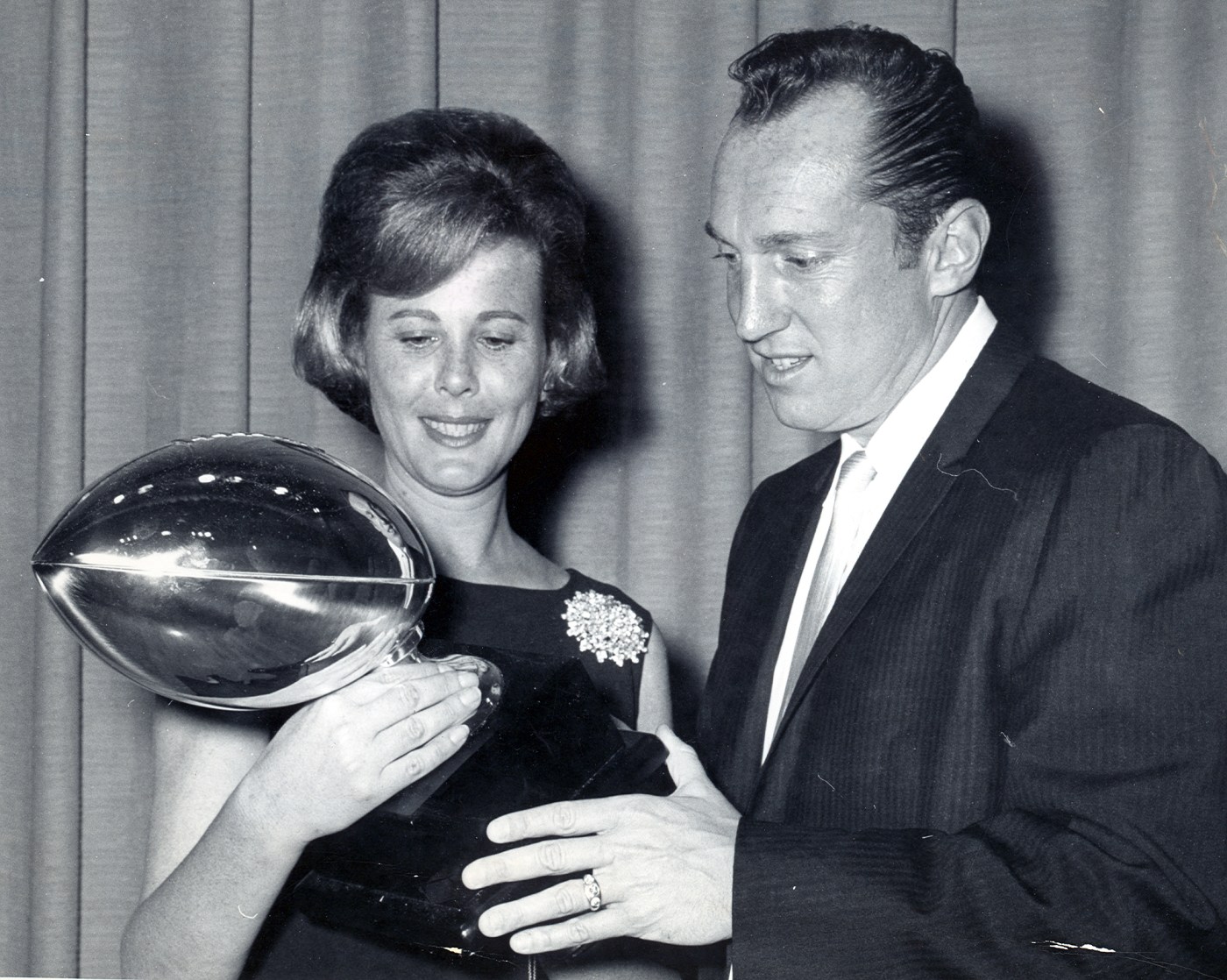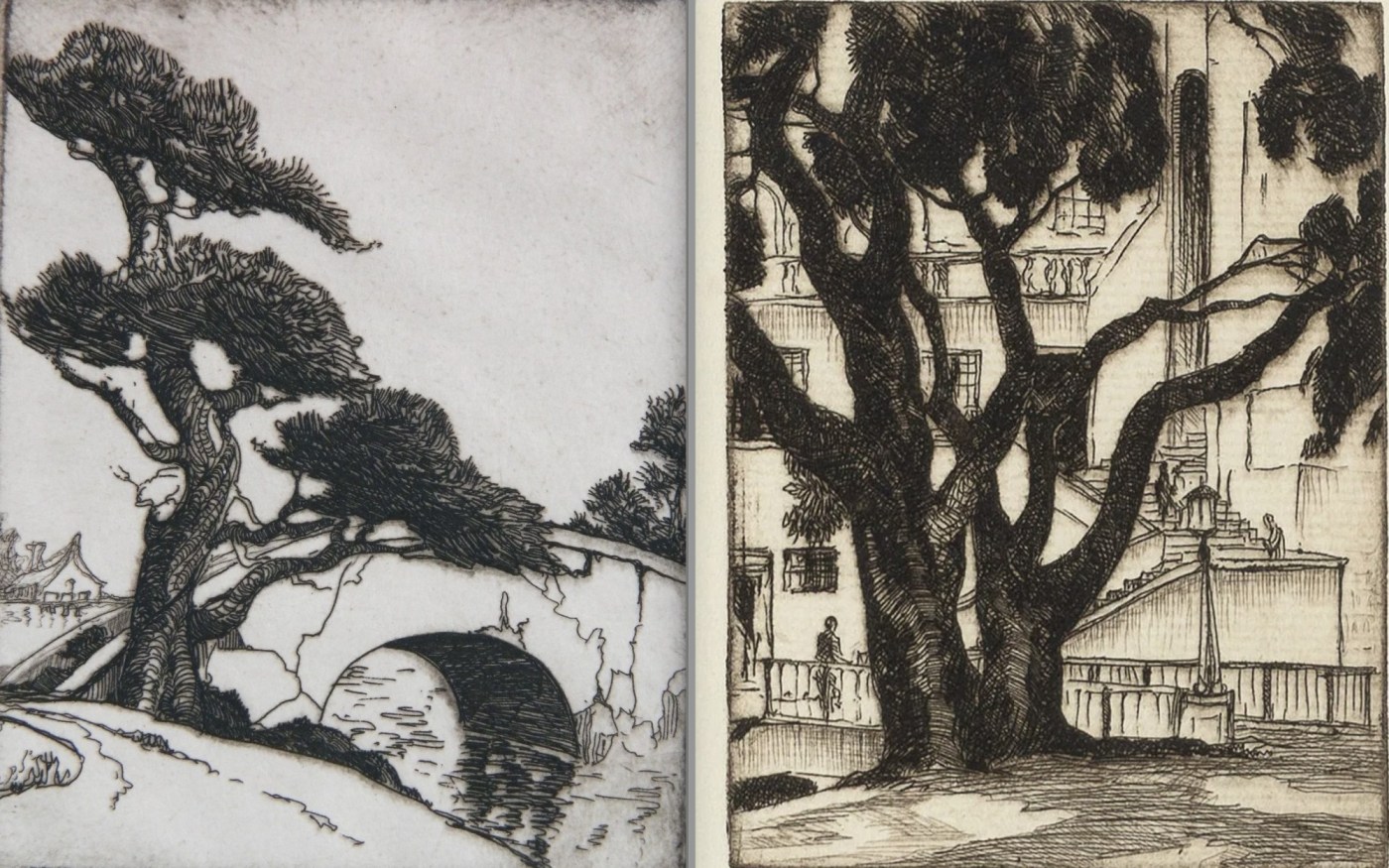Editor’s Note: This article was written for Mosaic, an independent journalism training program for high school and college students who report and photograph stories under the guidance of professional journalists.
Anti-immigrant sentiment in the U.S. has a familiar ring to Connie Young Yu, a Chinese-American author and historian. Her family has roots in San Jose’s Market Street Chinatown, one of five Chinatowns in the city’s history and a community that was destroyed by arson fueled by anti-Asian fervor.
The Geary Act, passed in 1892, required Chinese laborers in the U.S. to carry photo passports. Until it was repealed in 1943, authorities could stop them at any time to ask to see their identification, and people without documentation could be detained, jailed, or even deported.
“The Chinese really felt segregated,” said Yu. “We’re seeing parallels between history and what’s happening now with ICE and the threat to birthright citizenship.”
That reality is being felt by Chinese American youth in the South Bay who want to honor their community’s history by getting involved with the Chinese American History Museum.
Tucked into the trees of San Jose’s History Park, the museum is home to historical photos and artifacts that tell the story of early Chinese immigrants who settled in the Santa Clara Valley, working as ranchers, laborers and builders on the Transcontinental Railroad.
Today, this history is being preserved through students and young community members who volunteer with the museum or come to learn about the past.
The building is a replica of Ng Shing Gung, or the Temple of Five Gods, which was built in the Heinlenville Chinatown in 1887 and served as a hostel, community center and Chinese school.
Heinlenville, which was built after the Market Street Chinatown was burned down, flourished in the late 19th and early 20th centuries, until the land was sold to the city and buildings were razed in the 1930s. Heinlenville is located near today’s Japantown neighborhood at Sixth and Jackson streets. Today, the Chinese population in San Jose is over 230,000.
The echoes of the past are not lost to younger community members, such as Nina Chuang, a recent San Jose State graduate who minored in Asian American studies and now works at the university to help bring more youth to the museum.
“It’s important for us to really think about the history of Asian Americans, dating back to the Chinese Exclusion Act, to ensure that history does not repeat itself,” she said. The Chinese Exclusion Act, which was passed in 1882, barred Chinese laborers from entering the country and was the first U.S. law to prevent an entire national group from immigrating.
Related Articles
Spooky San Jose market celebrates Halloween
Spanish-speaking San Jose students face struggles learning English in high school
Eco-conscious Bay Area students lobby for sustainable cafeterias
Data centers’ huge appetite for power concerns South Bay youth
San Jose teens express concerns about rising housing prices
Chuang first learned about the museum when she visited it to do research for a project in college. It was part of her personal goal of visiting and learning about every Chinatown in the U.S. — a journey she documents on her Instagram account, @chinatown.nina.
Jacey Shuieh, a sophomore at San Jose State, started interning at the museum a year ago, which she says has allowed her to engage in meaningful discussions with visitors.
Many photographs and memorabilia in the museum’s exhibits belonged to Yu’s family members. The author of “Chinatown San Jose, USA,” Yu said her father John C. Young was born in Heinlenville in 1912 and was raised in the community.
“During my father’s time, it was a very vibrant, safe community,” she said, adding that everyone she has spoken with who grew up in Heinlenville said they had a wonderful childhood, although most of them dreaded going to Chinese school. “I talked to one person who said that once, before the Chinese teacher came, all the students naughtily ran into the fields to hide.”
But there was always a fear of the violence that existed on the outside. Yu’s grandfather came to the Market Street Chinatown in 1881 and was there when it burned down in 1887.
“My grandfather told his children and grandchildren that Chinatown is home base. When you leave, you don’t know how safe you’re going to be.”
Chuang stresses the importance of youth in preserving history through such stories.
“This generation has the privilege of being able to use technology to do our own research,” she said. “With social media making information more accessible than ever, cultural preservation has expanded beyond physical artifacts to include knowledge shared online.”
She also encourages students to sit down with their elders, ask them questions and learn from them.
At the Ng Shing Gung, these stories are passed down across generations, ensuring that history continues to be remembered.
Sophie Luo is a member of the class of 2027 at Irvington High School in Fremont.





